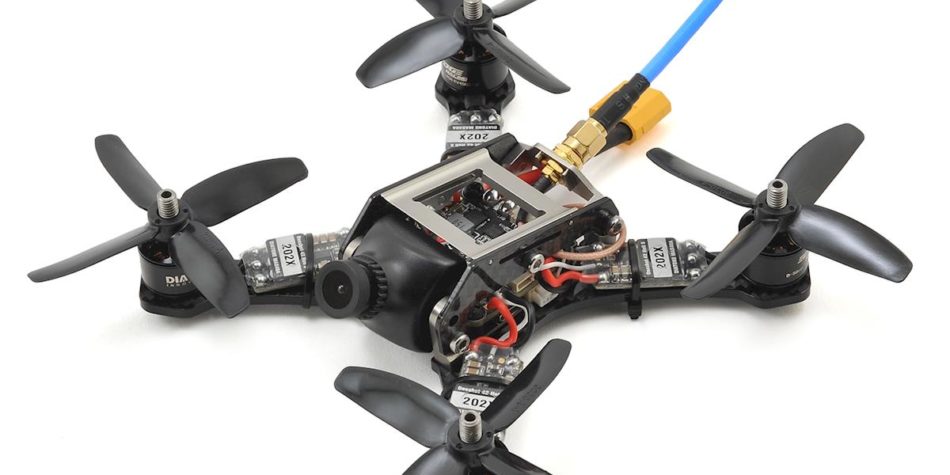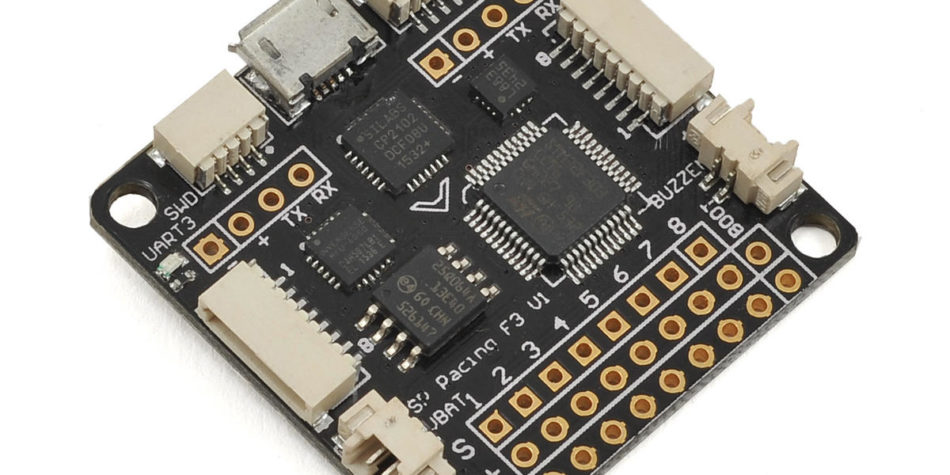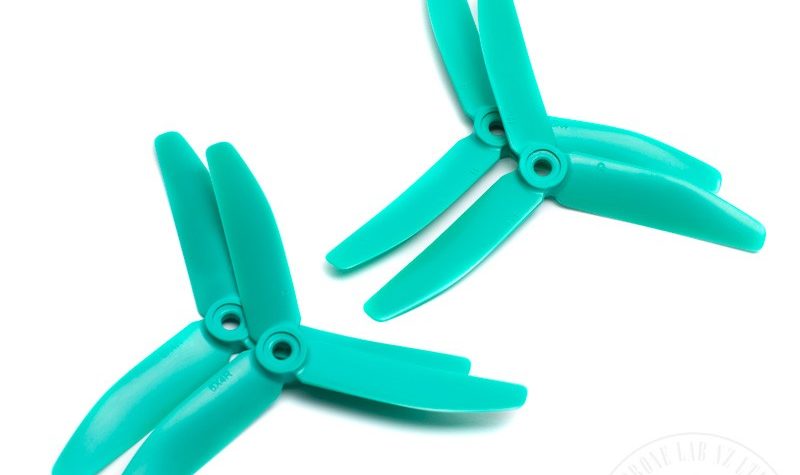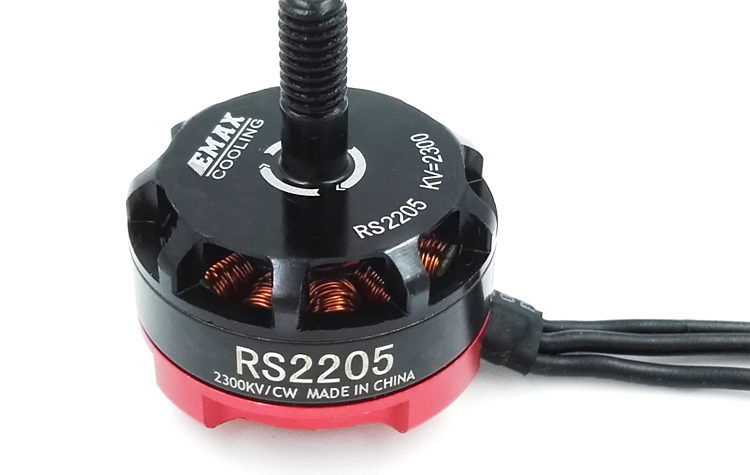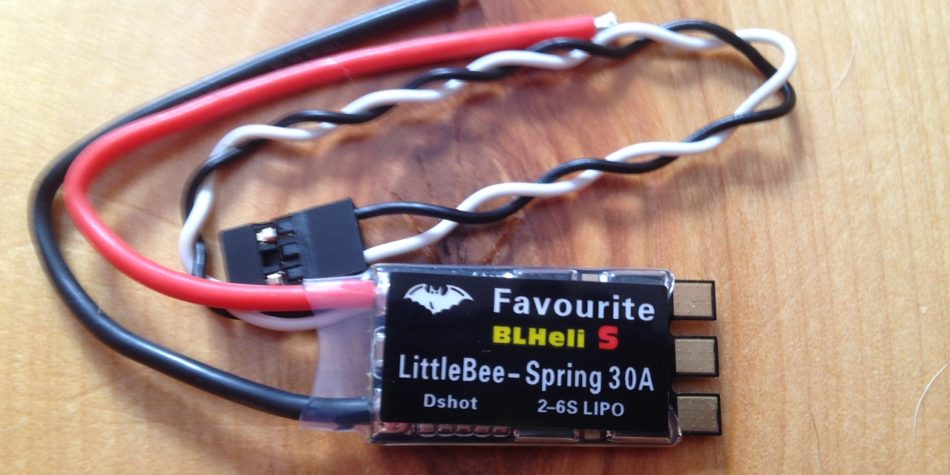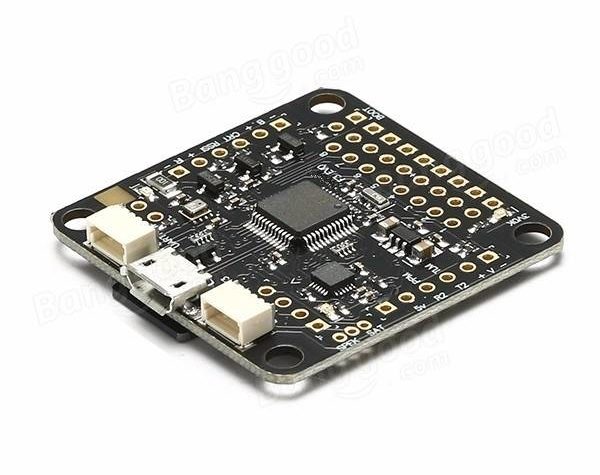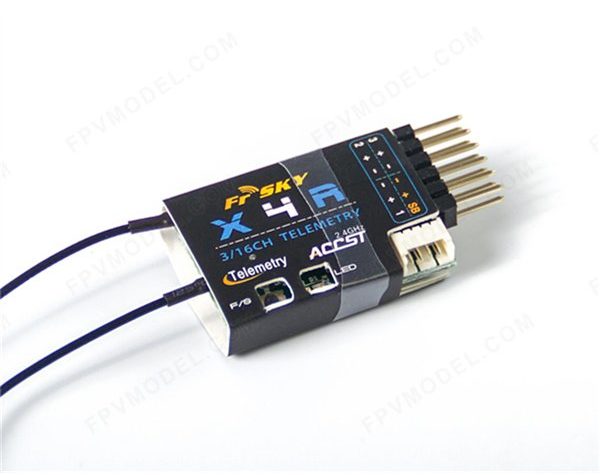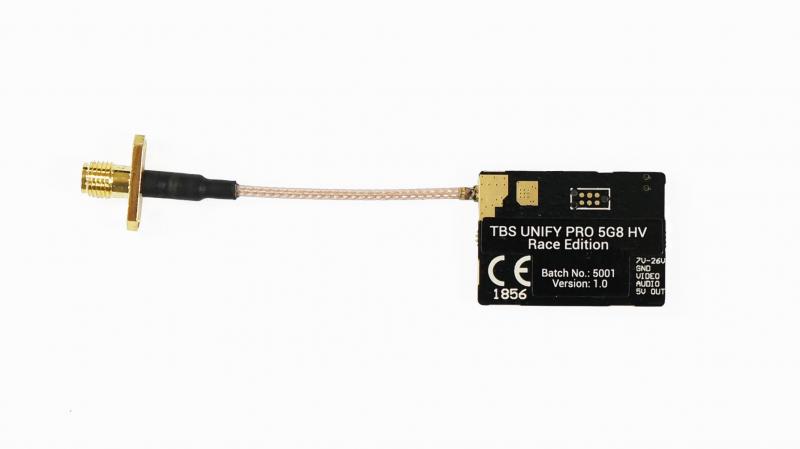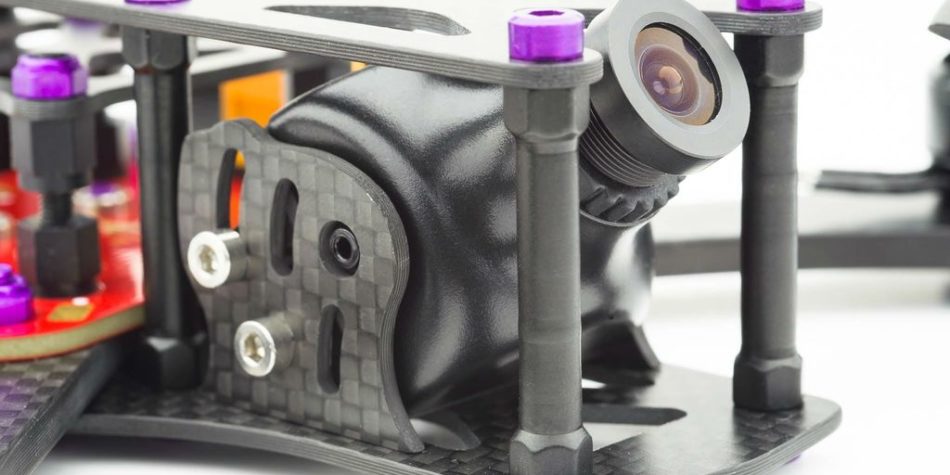Mini drone basic guide
Do you know NOTHING about mini drones? Are you an aeromodelist trying to enter the world of drones? Are you a automodelist and now you want to add another dimension to your hobby? Or just saw the DRL’s racing drones on ESPN and now you’re curious?
It’s very common to read and hear around, “I’m new to drones,” or “I’m a flying / automobile model-builder but I do not know drones,” and even curious people who have never seen anything about model airplanes but want to learn about drones And freestyle).
This feeling is normal, especially since “drone” is a relatively new subject in the aeromodelism community. In addition, technological innovation is very large, and very fast, so in a span of a few months a lot of things change.
The purpose of this article is to offer a learning path, in a simplified way, without technical depths. If you plan to build your first drone, you will need to seek more detailed information on all aspects covered here.
What is a drone?
Drone is the popular name of the “quadricopters”, it’s a “multirotor” aircraft, where the only moving parts are the motors. The word “Drone” stands for “autonomous aircraft,” but the definition eventually expanded and went on to describe just about any multirotor aircraft.
How does a drone work?
Quadricopters are electrical by definition. You will hardly see a multirotor aircraft with a combustion engine. Being an exclusively electric model, it needs a battery to work.
To be able to fly, the drone controls the speed of each of its 4 motors individually. Variations in engine speed is what causes the drone to change its attitude during the flight.
Variation of engine speed is controlled by a computer, called “Flight Controller”. This flight computer controls each of the 4 engines individually. And for this it receives commands from the radio control (which is in the pilot’s hand), and also receives data from sensors integrated into the computer, such as Gyroscope and accelerometer.
Most “retail” drones, like DJIs for example, have sophisticated electronics and are endowed with many sensors (GPS, Barometer, Sonar, Positioning Cameras, Accelerometers, Gyroscopes, etc.). However, the racing drones are much simpler: Most have only one gyroscope to stabilize the flight, and nothing else.
What are the basic components of a drone racer?
The basic components are:
- 4 Propellers (two rotating clockwise, and two counterclockwise rotating)
- 4 Electric motors
- 4 ESCs (speed controllers)
- 1 flight controller board (Flight Controller)
- 1 radio control receiver
If the drone has the ability to transmit FPV video, it will also need:
- 1 video transmitter
- 1 camera
I will detail the following components:
Propellers
Made of plastic (Nylon, ABS or Polycarbonate), they are responsible for transforming the rotation of the motors into thrust.
Electric motors
The motors are attached to the ends of the drone arms. Most use brushless motors, which requires the use of ESCs to control the speed of the motors.
ESCs
ESC stands for Electronic Speed Controller. It is responsible for controlling the speed of an engine. In a quadricopter, it takes 4 engines and 4 ESCs (one for each engine).
Flight Controller
The flight controller board is a simplified computer, equipped with a processor, memory, and at least one gyroscope. This computer runs flight stabilization software (firmware). In mini-drones the most common software is BetaFlight. This board is a key part of the drone.
Radio control receiver (RX)
The receiver is a special circuit capable of receiving the radio waves transmitted by the radio control in the pilot’s hand, and translate into commands for the flight controller.
Video Transmitter
It is a small device capable of receiving images from the camera and transmitting them by radio waves to the pilot’s FPV glasses. The transmitter normally operates at 5.8GHz and is provided with an antenna.
FPV Camera
It is through this camera that the FPV pilot sees what comes in front of the drone. It should be small and lightweight, and should be able to offer a clean and clear image.
What are the differences between a drone and a conventional model airplane?
This is the main question of aircraft modelers who intend to start in the world of drones.
In a conventional model airplane, all electro-electronic components are connected directly to the radio receiver. ESC, servos, switches … Each component occupies one channel of the radio, and there is no computer on board the model.
All programming of “functions” of the model is controlled by the radio control … From channel mixing to control of lights, flaps, and other functions like exponential control (soft control curve), rates, limits of performance and etc. .
On a drone, all programming is on the flying computer, and everything needs to be tuned through it. In addition, in most drones no more “channels” are used, only one cable is used to communicate the receiver with the controller, through a digital communication protocol (such as SBUS for example – but there are others).
In drones there are usually two power lines: The main one, which is where the battery and the ESCs are connected, and a secondary, 5V, responsible for feeding only the electronic components of the model.
All electronics work with 5V (RX, Controller and Camera). Some video transmitters work with 5V as well, but most of them connect directly to the main line.
The main line has variable voltage, depending on the type of battery being used. Usually with 4S batteries the voltage is 16V, and with 3S, 12V.
Therefore, to power the 5V line, a Step down circuit is required. There are several ways to get a 5V line in the drone, the most common is using a PDB (power distribution board) that has an integrated step down circuit.
Do it’s hard to fly a drone?
Piloting a drone racer is more difficult than a conventional drone, because usually the conventional drone has sensors (such as GPS, Barometer, and Sonar) that allow it to stationary in the air in a stable manner without pilot intervention. A mini drone does not have these sensors, so they depend on the pilot to stabilize and make corrections all the time.
One way to learn to fly mini drones is to use simulators. They help A LOT at the beginning of learning, which is just the most difficult step and when we break most drones. After a few hours on the simulator, it is possible to pilot a real drone with a minimum of control.
A great simulator to start is the FPV Freerider. It’s free to test (only a map available), and if you like, you can buy the full version for only $ 5.
Conclusion
As I said, this article is not meant to be a complete guide, but rather a brief introduction to the subject. Here in FPV Sampa there are several others with greater detail on each aspect that involves the construction and the use of mini drones. If you have any questions or want to suggest a theme for an upcoming article, leave a comment!

